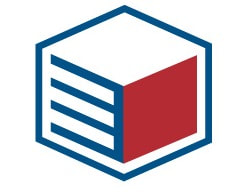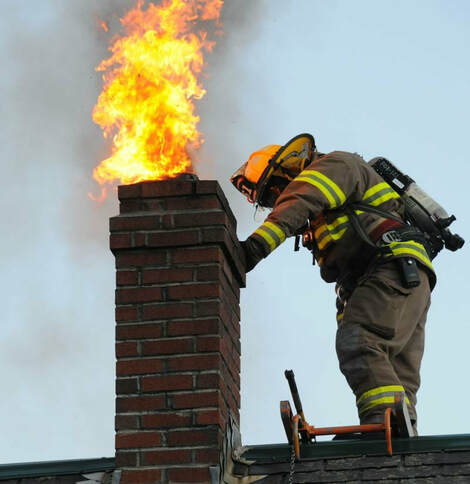|
20/1/2023 0 Comments flue season is here! Furnace and boiler flues, and chimneys are often neglected. Many homeowners presume that the utility company or their fuel supplier is monitoring them, and don't realize this isn't necessarily true until something goes wrong. As a result, bird's nests and other debris sometimes cause soot and gases to drift back into the house, causing a potentially dangerous situation. All types of chimneys should have regular, professional inspection and maintenance. Most chimney sweeps service all kinds of exhaust flues, not just masonry chimneys or those attached to wood-burning appliances.
The build-up of soot and creosote on flue walls can loosen and fall over time, aided by moisture in the exhaust gases, sometimes filling the clean-out cavity and blocking the flue. Corrosive elements in these gases can affect both metal and masonry chimneys. Moisture can enter uncapped chimneys, or through cracked concrete tops and even through the bricks. Excessive condensation from gases within can also cause problems. Lower exhaust temperatures from newer gas furnaces (excepting high-efficiency models, which typically use plastic exhaust vents) call for smaller flue sizes (3 to 4 inches) to ensure water vapours are expelled before they cool and condense inside the flue. In the past, some furnaces have been vented into unlined masonry chimneys, or uninsulated metal chimneys which can cause inefficient drafting and deterioration from water damage. The white deposits which you may have seen on masonry chimneys are known as "effluorescence", and are minerals salts left on the surface after water surfaces and evaporates. In the interest of preservation and safe, efficient operation, venting selection and installation is extremely important. The pipe connecting the furnace to the chimney should be as short as possible, with as few elbows as possible. It is important that metal chimneys erected on the exterior of houses be insulated, and of an approved type for outdoor use. A professional chimney sweep can check your flue for proper draft, which is often affected by the "tightness" of the house, especially if recently fitted with newer doors and windows. Chimneys which are still in reasonably good condition can be repaired, lined, and water-proofed. Improperly sized, rusted or otherwise damaged metal flues/liners should be replaced immediately. Find certified wood heating professionals in your area: wettinc.ca
0 Comments
Leave a Reply. |
AuthorGil Strachan is a professional home inspector, representing Electrospec Home Inspection Services in east-central Ontario since 1994. CategoriesAll Appliances Buying And Selling Cooling Electrical Environmental Exterior Health And Safety Heating Home Improvement Home Inspection Insulation Insurance Interior Plumbing Roofing Special Structure Archives
January 2024
|


